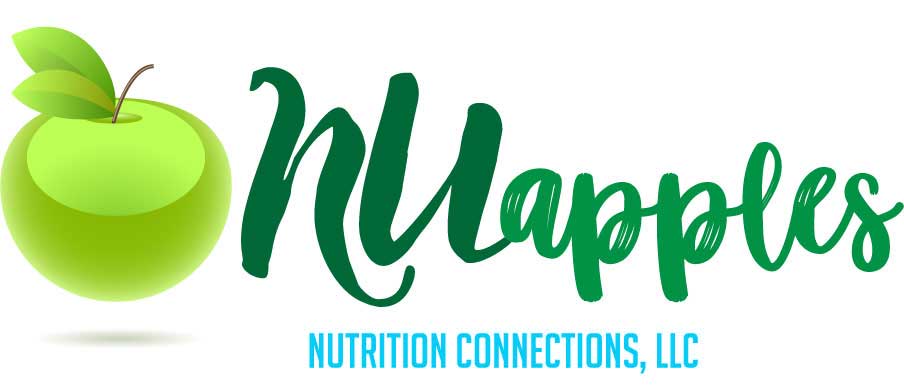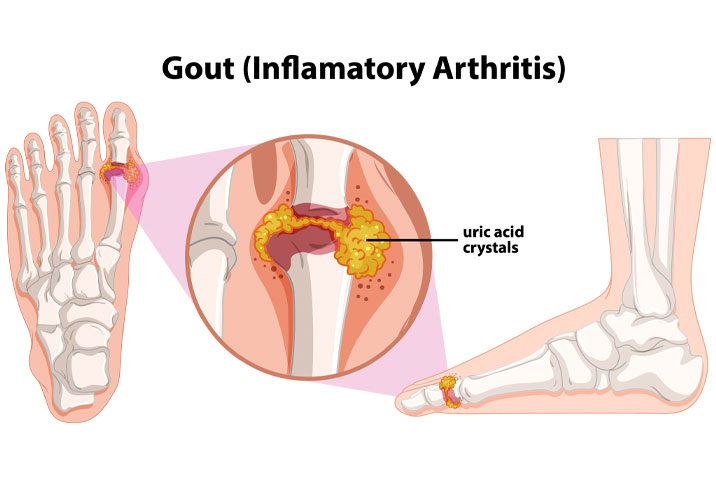Approaching my neighbor as he began limping in pain, struggling to mow his lawn one evening inquiring if something was wrong, he starts to point, indicating my foot, my toe is hurting. Excruciating burning pain at the base of the big toe, almost bringing him to tears. My response sounds like you’re having another “bout with Gout.” He was fortunate to get an appointment with the Podiatrist that afternoon, who verified my diagnosis after receiving a shot of steroids and a follow-up prescription for Allopurinol. After that, he was good as new.
According to the National Kidney Foundation, Gout is increasing worldwide, and 4% of the American population has Gout. It is the most common type of inflammatory arthropathy in adults. As with my neighbor, many think of Gout simply as a small common occurrence. However, little do they know it has more severe consequences, directly relating to chronic kidney disease (CKD).
Gout starts when uric acid levels in the bloodstream are too high. Uric acid is a by-product of the body’s action of breaking down purines. Purines enter the body in two ways: it is already naturally present and from the breakdown of certain foods we eat. Thus, as serum levels of purine increase, so makes uric acid, a diagnosis of hyperuricemia (high blood levels of uric acid). Uric acid forms crystals; as uric acid circulates throughout the body, some of the crystals accumulate in the body’s joints, fluids, and tissues which is the leading cause of the pain and burning sensation most experience with Gout.
Gout and chronic kidney disease are somewhat codependent as one out of 10 people with chronic kidney disease have Gout. Also, a higher percentage of people with a diagnosis of reoccurrence of Gout having Kidney Disease. The consumption of foods with a high level of purines may be the culprit leading to both Gout and CKD.
Particular food contains higher levels of purines than others. Foods with a high purine content are red meats, liver, kidney, tongue, sweetbreads, shellfish, shrimp, lobster, sardines, and anchovies. Upon Ingesting these foods, the body breaks the purines down into Ureic Acid. Excessive amounts of uric acid within the bloodstream forms urate crystals. High urate crystals are now circulating in the bloodstream traveling around various joints and tissues, causing excruciating pain, GOUT.
More importantly, as the urate crystals travel down through the kidneys, the sharp crystals start to damage and scar the kidneys. This action of scarring over time will lead to kidney disease and failure. Therefore, it is essential to try to do all that is humanly possible to avoid as many episodes of Gouty flare-ups.
It is imperative to become more proactive in avoiding the occurrence of Gout to protect the kidney whereas, restricting or limiting an intake of high purine foods will help. Primarily, organ meats and shellfish are significant contributors of purines as well as alcohol, saturated fats, high fructose corn syrup, and sweetened sodas. Therefore, according to NIH, one should consume a large number of vegetables, fruit, whole grain, and poultry, avoiding red meats and saturated fat. In addition, evidence-based research indicates obesity is also a risk factor. Thus weight loss reduces uric acids and can help stop or lower the number of Gout attacks.
If you suffer from periodic flares of Gout, follow your Primary Care Providers recommendations and become more proactive with your eating habits. Gout is excruciating and potentially damaging to our kidneys. Please do all you can to limit the number of “Bouts with Gout.”


Appreciate your positive feedback thank you so much
My brother recommended I might like this web site He was totally right This post actually made my day You cannt imagine just how much time I had spent for this information Thanks
Thank you, appreciate you and your brother for visiting my blog! Joyce W. Hudson MS RDE CDCES